Shark species of the Andaman Sea
- ExpeditionThailand

- Jun 28, 2019
- 3 min read
Sharks are one of the oldest groups of animals existing today, the first sharks began to appear on the fossil record more than 400 million years ago and have since diversified into a vast array of fascinating species each with their own specific role to play in their ecosystems.
Thai waters are home to great variety of shark species of all shapes and sizes. Today we present to you a list of some of the most common species of shark in this area with some fun facts about these incredible cartilaginous fish.
Gray Bamboo Shark - Chiloscyllium griseum
Gray Bamboo sharks are one of the most common species to find in the Andaman sea, their morphology is similar to a nurse sharks which they are often misidentified as, however their small size (less than a metre long) sets them apart from the larger nurse sharks.
These shy sharks are nocturnal and can often be found during the daytime hiding within crevices resting underneath rocks and corals. Bamboo sharks are oviparous (lay eggs).

Blacktip Reef Shark - Carcharhinus melanopterus
Blacktips are another very common species of shark found in Thai waters. These sharks are known for the distinct black tips on the ends of their dorsal and caudal fins. Typically growing up to 1.5 metres in length these sharks are highly hydrodynamic and are able to move swiftly through the shallow coral reefs they like to inhabit, searching for small fish, cephalopods and crustaceans to feed on. Blacktips are viviparous (give birth to live young).
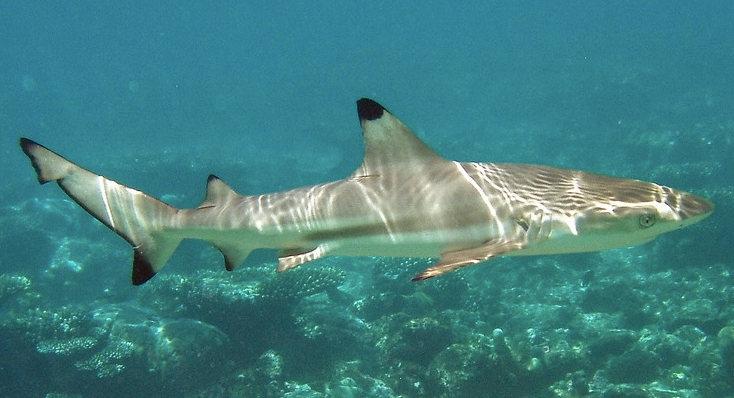
Guitarfish - Rhina ancylostoma
Though not technically sharks but rather a type of ray, this unusual species was included in the list due to their fascinating morphology and resemblance to sharks. As if someone removed the head of a shark and replaced it with ray's, these spectacular creatures are nocturnal and can be found scouring the ocean floor in search of molluscs and crustaceans.
They also feature thorny ridges along their head and have a white spotted colouration.
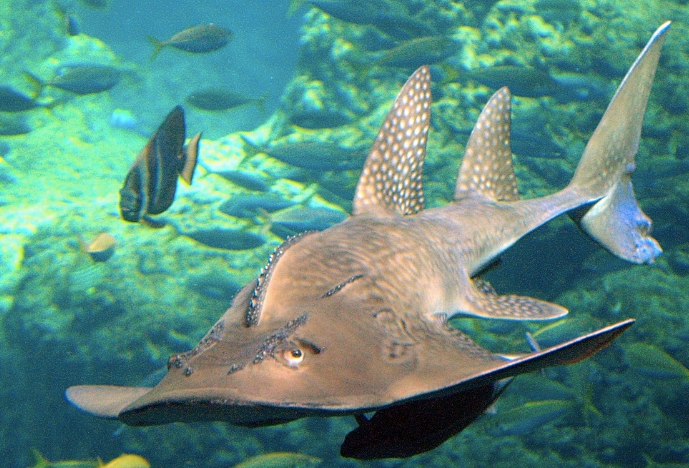
Whitetip Reef Shark - Triaenodon obesus
Whitetip Reef Sharks are a very common species of shark found in the Indo-Pacific and are identifiable by the distinct white tips of their dorsal and caudal fins. These nocturnal predators can be found resting on the sea floor during the day. They feature a unique adaptation that allows them to respire when sitting still by actively pumping water through their gills. When night falls they hunt for resting fish in groups, and are highly sensitive to electrical signals emitted by prey. Like Blacktips, they typically grow to a size of about 1.5 metres.

Bull Shark - Carcharhinus Leucas
One of the most fearsome and aggressive of all shark species, these heavily built predators have the strongest bite force of any shark, and can grow up to a hefty 3.5 metres in length and a mass of 315 kilograms! One unique and fascinating feature of these sharks is that they are diadromous, meaning they can thrive in both salt and freshwater, being found as far as 4000 kilometres up the Amazon River in Peru. They achieve this by regulating the salt content in their urine. Territorial by nature, and one of the three species of shark most likely to attack humans (alongside Great Whites and Tiger Sharks), it is thought that bull sharks were to blame for the 1916 Jersey Shore shark attacks, which later inspired the novel and film 'Jaws'.
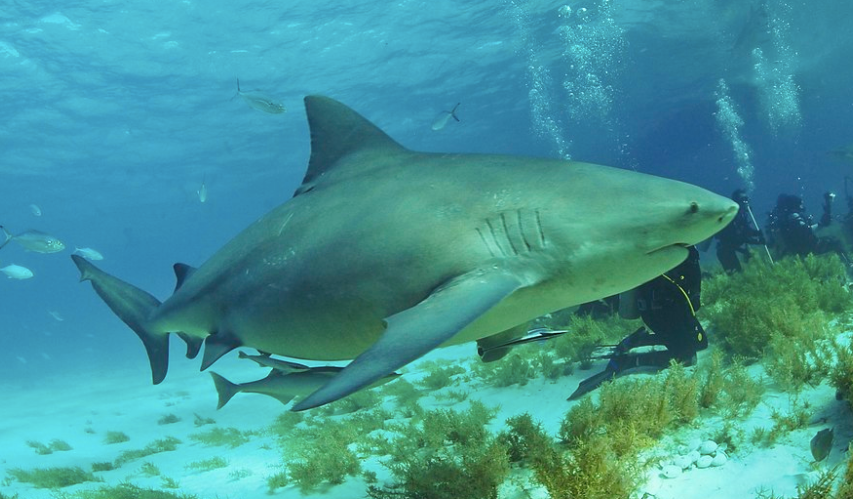
Leopard Shark - Stegostoma fasciatum
Also called Zebra Sharks, these unusual sea floor dwelling creatures can be found across the tropical waters of the Indo-Pacific, and are known for their spotted patterns. As nocturnal predators, they can often be found resting on the sand near corals during the day. Due to overfishing and exploitation, leopard shark populations have been on the decline over the last few years, and have now been classified as endangered by the World Conservation Union.
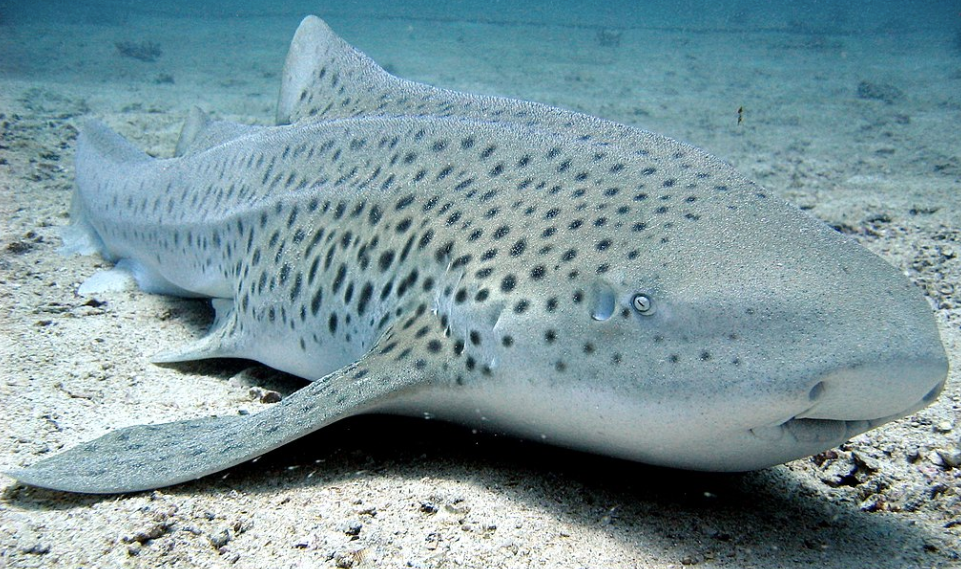
Whale Shark - Rhincodon typus
The largest extant species of shark/fish in the world, these goliath sharks are known to reach lengths of up to 12 metres long. As filter feeders, they are typically seen cruising the oceans with their mouth gaping open to feed on copepods and krill, making them safe to dive/swim with. Despite being distributed in tropical waters across the globe, whale shark sightings are rare and some divers will never see whale sharks even after 1000 logged dives. Like leopard sharks, each whale shark has their own pattern of spots along their body, making individuals easily identifiable with a good enough picture.
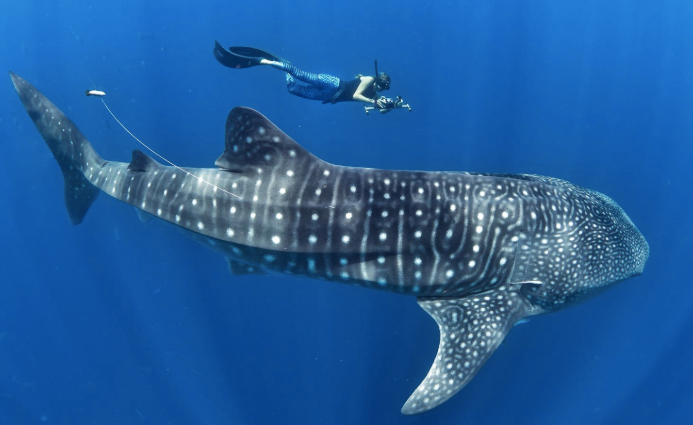







Comments